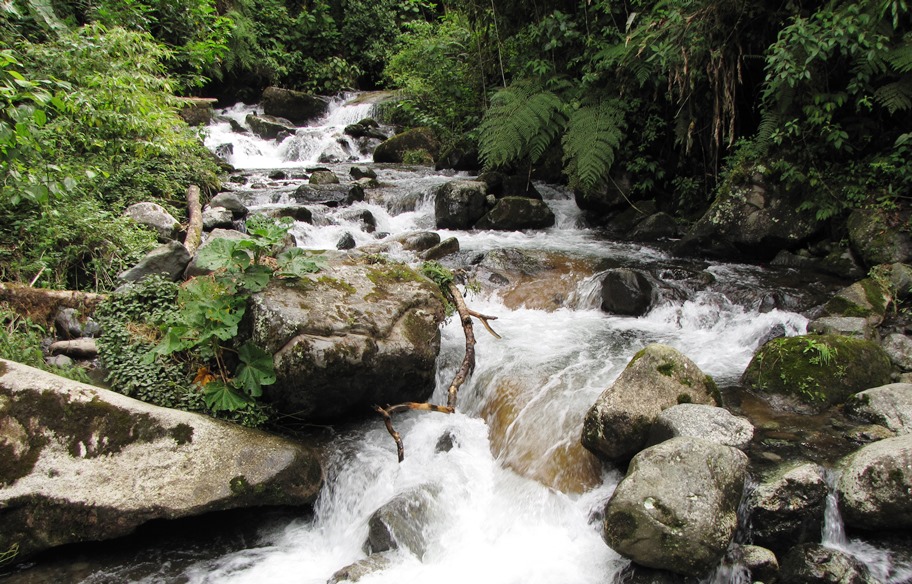In 2015, the Peruvian capital of Lima made a significant financial commitment to restore the region’s natural infrastructure to help manage its many water woes.
Committing is one thing, however, deploying the finance and implementing nature based projects is quite another. To help them figure out how this should work, Lima’s water utility continues to enlist help and is creating a first-of-its-kind master plan for green infrastructure.
The first step took place on February 7-8, 2017, when the city kicked off a 12-18-month planning phase that could chart the course for the next 30 years. Lima’s water utility SEDAPAL is attempting to develop a first-of-its-kind planning document focused on nature based interventions: a Green Infrastructure Master Plan that seeks to leverage nature in ways that enhances and complements grey infrastructure.
Experts agree that wetland and grassland ecosystems upstream of Lima help reduce erosion and are critical for soaking up heavy rains and then releasing water during dry periods. But Lima also has several large reservoirs, raising several challenging questions: Should they, for example, focus on conserving the ecosystems around those reservoirs, thereby reducing sedimentation, or is it better to complement those reservoirs by working in ecosystems outside their catchment areas? What about the middle and lower parts of the watersheds that supply Lima with water? How effective and far-reaching is restoration in these regions?
Photo credit: Storm Cunningham

